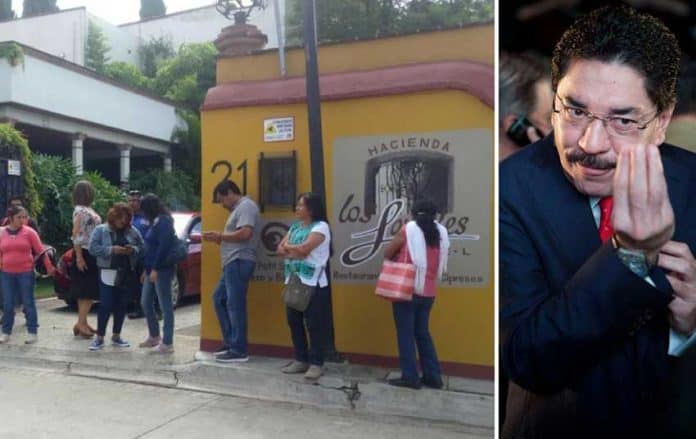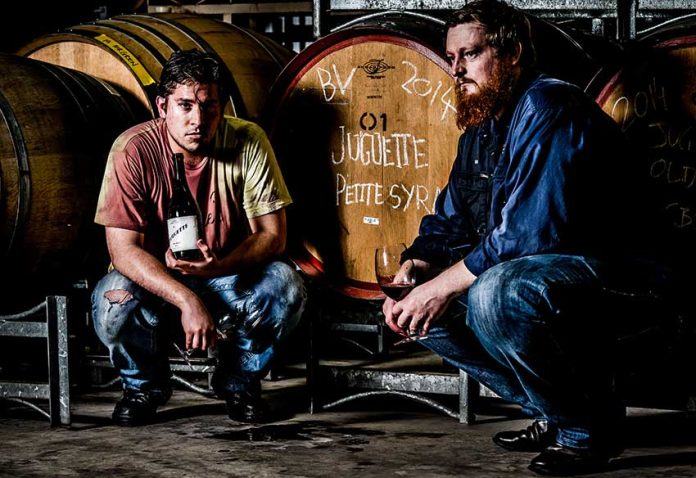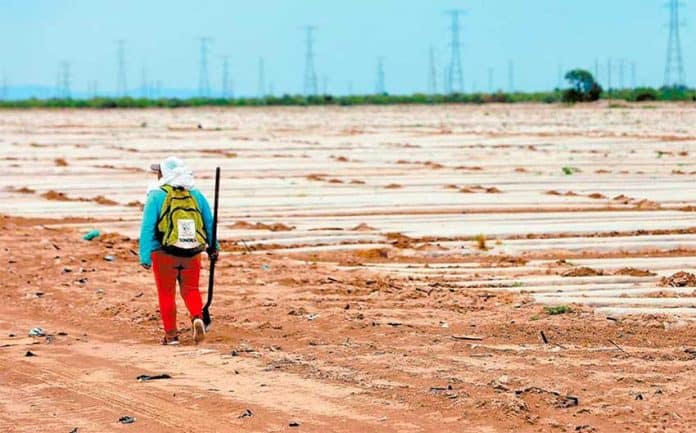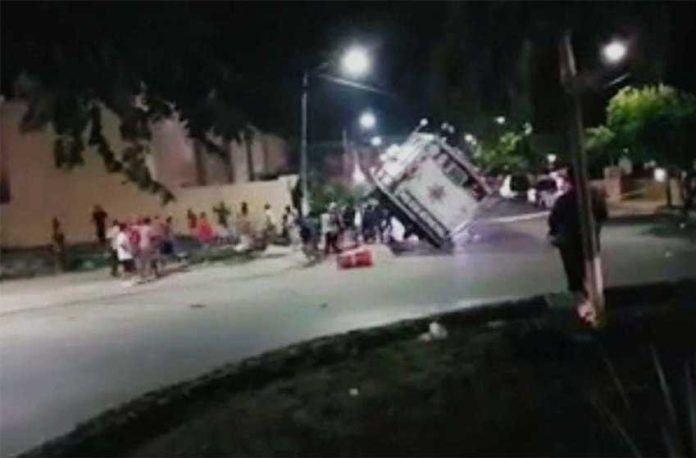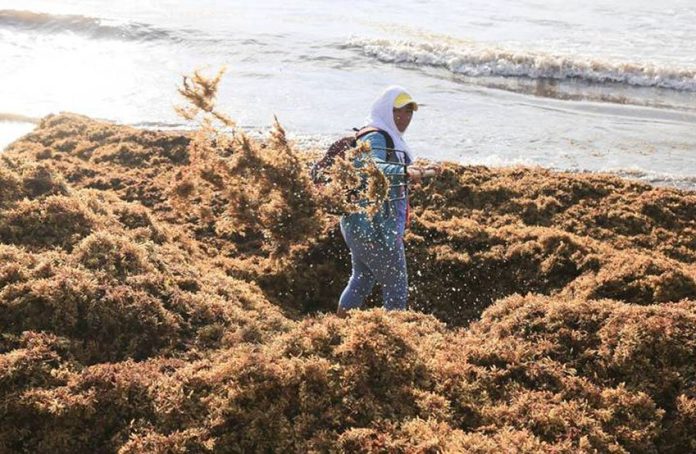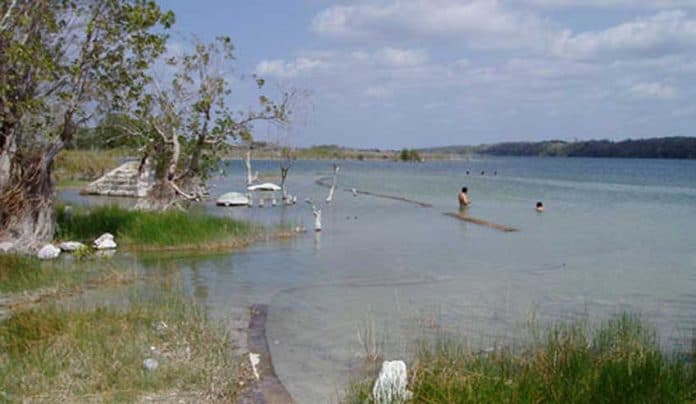When Mauricio Ruiz Cantú from Monterrey first decided he wanted to become a winemaker, Mexico certainly wasn’t well known for its wine. When he made the decision to study viticulture, his family questioned the move.
But now that he is the owner of two wine labels, Juguette and Somos, it seems that following his passion paid off.
While not from a family of winemakers, it was his father’s love of wine that first got Ruiz intrigued by the tipple. At age 16, he began to listen more closely to his father’s discussions about wine and attended an introductory wine course that his father offered to help raise money for a local charity.
Not a winemaker but very much an oenophile, his father’s love of wine rubbed off on his son. Since then, Ruiz’s family has planted a number of vineyards in Baja California and his father often appears looking proud in the brand’s social media photos.
However, it is important to clarify that Juguette and Somos are not Mexican wines. In fact, they are Australian, from the South Australian wine region, where they are made by a Mexican — Ruiz — and an Australian named Ben Caldwell.
Ruiz’s winemaking life started in Parras, Coahuila, home to the oldest vineyard in the Americas. While there, Ruiz decided that he wanted to expand his knowledge by studying overseas. Being advised that Australia had a very similar climate to the Mexican wine regions — hot and dry, he took himself to the University of Adelaide, South Australia, to “learn from the masters of the desert.”
After leaving university Ruiz went on to get what he described as his “second university” training while working at Pernod Ricard, a large winemaking company in Australasia.
“Just to give you an idea, they make more wine in Richmond Grove [a Pernod Ricard winery] than all of Mexico put together,” Ruiz said in his now perfect, Australian-accented English.
While he loved his time at Pernod Ricard, Ruiz felt his passion for smaller batch, handmade winemaking nagging at him and he started to experiment. His pet project he called Juguette, from the Spanish word for toy. Initially, Juguette began as a side project, allowing Ruiz to explore a more hands-on style of winemaking.
In 2014, he returned home for a visit, bringing one crate of Juguette.
“I thought I would bring some wine to Mexico and sell it for a bit of extra pocket money,” he said.
However, a little touch of fate and a sprinkling of good luck would generate a whole different outcome for Ruiz’s toy project.
While in Mexico, he attended a wine event at the house of the Australian ambassador. He was a small winemaker among some of the giants of Australian wine. What is more, underestimating the elegance of the event, Ruiz arrived in jeans and t-shirt and was almost ignored by the attendees, his appearance perhaps belying the quality of his wine.
However, a blind tasting put him on center stage when the award for the best red went “to a wine called Juguette.” While recounting the story Ruiz’s pride is clear: his wine had won against “all the big boys” in the field.
The win and Ruiz’s decision to bring his friend Ben Caldwell on board were game-changers for Juguette. For Ruiz, there was no one better to partner with than Caldwell, whom Ruiz had met at university. They had a ready-made friendship and a shared vision.
“Ben changed the picture,” Ruiz said, and the label became the joint venture of the two friends and their full-time jobs.
Juguette has grown and grown. What started in 2014 with the production of just 1,400 bottles has expanded exponentially to a production of 65,000 bottles this year; every batch handmade by Ruiz and Caldwell alone.
Ruiz describes Juguette as a “typical Australian wine, but tailored to the Mexican market.” He explained that Australian wine is still relatively unknown in Mexico, but since Juguette is made to pair well with Mexican food and has a Mexican touch, it has become so popular that it can now be found in over 100 of the country’s best establishments and is also available for purchase online.
The winemaking duo’s other label, Somos, is a more experimental project than the “easy drinking wine” Juguette and is made with Australian consumers in mind. Ruiz explained that a Mexican making traditional Australian wine in Australia would be much like an Australian coming to Mexico to make tacos.
So instead, Ruiz and Caldwell are producing a more unusual and innovative wine for the Australian market.
The product has no additives, and experiments with a fruit’s natural acidity, pushing the boundaries of traditional concepts and calling on grapes from small vineyards to create wine using minimal intervention. This is a smaller project and, as Ruiz laughingly put it, “Somos has become the toy of Juguette.”
The labels of the two wines give an idea of the differing tipples inside: Juguette’s are classic and timeless while those of Somos are brightly colored and designed by graphic artists from around the world.
Somos is performing well in its original target market, Australia, and in addition it is also gaining interest in Mexico. It is already on the shelves of one of Mexico City’s top eateries, Quintonil, and the renowned Japanese restaurant, Rokai.
If these two projects weren’t enough, Ruiz is currently spending 50% of his time in Mexico, where he took over a friend’s flailing vineyard, and is also tending to new vineyards planted in the Baja California region of Ojos Negros. He brought his friend’s vineyard back to life and is now working on Somos a la Mexicana.
They want to see what a “minimal intervention Mexican wine looks like,” he explained, the excitement clear in his voice. The Mexican wines will be exported to Australia this year, a Mexican wine for the Australian market, rather than the other way round.
As for the vineyards in Ojos Negros, they are another challenge altogether. Ruiz explained that this area of Baja California suffers from spring and winter frosts, making the region very risky for growers. However, using technology from New Zealand Ruiz is once again experimenting and ready for the challenge.
With such innovative ideas and so much achieved at such a young age — Ruiz is only just turning 30 — there is no doubt that this winemaking duo is one to watch in the ever-evolving global wine scene.
Susannah Rigg is a freelance writer and Mexico specialist based in Mexico City. Her work has been published by BBC Travel, Condé Nast Traveler, CNN Travel and The Independent UK among others. Find out more about Susannah on her website.
